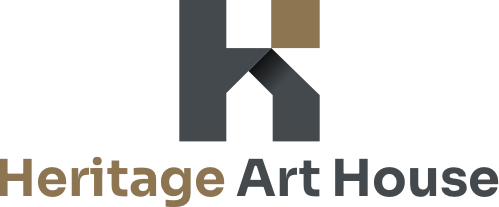US President Donald Trump is back from his Middle East trip; his first major overseas visit after assuming office in his second tenure. The visit resulted in commitments of more than $2 trillion of investment from the oil-rich Gulf Arab states. Yet a question is making the rounds: Would all those commitments materialise, especially in the backdrop of a subdued oil market and growing budgetary pressures on oil-exporting Arab governments?
Rather than striving for broader geopolitical goals, the trip revolved around business deals. The trader in Trump seemed to be in play.
Conspicuously, the trip itinerary did not include Tel Aviv, which was a major deviation from the past. Further, not much pressure, at least in front of the public, was exerted upon Riyadh to join the Abrahamic Accords and recognise Israel. From that perspective, Pakistan was also spared of any additional ‘public’ pressure to recognise Israel.
Riyadh was Trump’s first stopover. Results were substantial. As per a White House announcement, Saudi Arabia agreed to invest $600 billion in the United States over the next four years.
Doubts cast on Saudi Arabia’s ‘unrealistic’ $600bn investment promises to the US amid falling oil prices
Analysts, though, are pointing out that some of the projects listed were already in the works, and an additional 145 deals worth more than $300bn were reportedly signed at an adjacent investor conference attended by several US billionaires and prominent business executives.
The US, in the meantime, also agreed to sell Saudi Arabia an arms package worth nearly $142bn — the largest “defence cooperation agreement” Washington has ever made.
The agreement between the two countries included deals with more than a dozen US companies involved in air and missile defence, air force and space, maritime security and communications sectors.
The next day, Trump was in Doha, Qatar, overseeing agreements between the two countries worth more than $243.5bn and outlining plans to increase the Qatari investment in the US to $1.2tr, a White House announcement said.
Later, during a speech at a US military air base in Qatar, Trump said Doha has agreed to invest $10bn in a US military facility and purchase $42bn in weapons from the US.
Besides, Qatar Airways agreed to buy 210 Boeing jets worth $96bn. The New York Times called it the largest deal facilitated by Trump during his Middle East trip.
The next day, Trump was in the United Arab Emirates (UAE), announcing more than $200bn in commercial deals between the two countries.
A deal to construct the largest artificial intelligence data centre outside of the US in Abu Dhabi was also announced during the Trump stopover in the UAE. The Emirati firm G42 is to build the facility covering 10 square miles and have a five-gigawatt capacity, the US Department of Commerce said.
But, despite the flurry of business deals, many stay sceptic. After all, last time Trump was in office, Gulf states made similar, big spending promises. Most didn’t come to fruition. Some say the new pledges must also be seen in a similar context. Michael Hanna, the International Crisis Group’s US programme director, told ABC News, “One of the things that has been a huge problem for Trump, traditionally, is implementation and follow-through.”
Cathrin Schaer, writing for Deutsche Welle, points out a problem with what is being described as a kind of grand “investment diplomacy” of the Gulf states: Falling oil prices. These countries mostly depend on oil for their national income, and that income is currently under pressure.
To balance its 2025 budget, Saudi Arabia needs oil prices on or above $91 a barrel, the International Monetary Fund estimated. That is not the case now. Oil prices are hovering around $65 a barrel, with projections that they may even fall further.
The question then is: how could these oil-exporting countries meet the investment targets they have signed with the United States? As per Ms Schaer, the Gulf states are simultaneously also being asked to commit to regional projects, such as rebuilding in Lebanon, supporting Egypt through its economic crisis and — the most expensive project, such as the reconstruction of Gaza, should the conflict end there.
In the meantime, most Gulf Arab states are also committed to a major domestic investment push. Saudi Arabia, for instance, is focused on its capital-intensive Vision 2030. All this needs considerable cash flow which is currently missing.
Tim Callen, a visiting fellow at the Arab Gulf States Institute in Washington, told Ms Schaer that when oil prices went down, the Saudis tended to cut back on spending.
“Without the current account surplus, there are no new funds to invest unless you borrow,” Mr Callen said. “If the Saudis want to invest in new ventures, they’re either going to have to borrow in global capital markets or they’ll have to reallocate existing investments.”
With oil prices dropping, “it’s even less likely that these promises can be met”, he argued. If Saudi Arabia spends or invests $600bn in the US over the next four years, that equals $150bn a year, or 12pc of its own annual gross domestic product. “That’s just unrealistically huge”, Mr Callen concluded.
For the UAE, investing $140bn a year in the US over the next decade means the Emiratis would be spending more than a quarter of their annual national income on the US. That’s “not viable”, Neil Quilliam, a fellow in the Middle East and North Africa programme at London-based think tank Chatham House, told Arabian Gulf Business Insight.
Published in Dawn, The Business and Finance Weekly, May 26th, 2025





